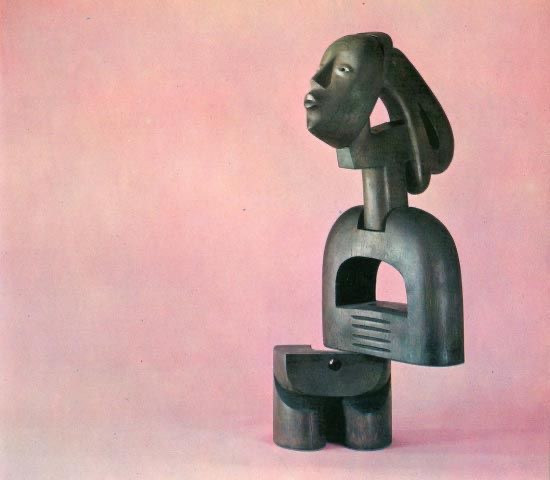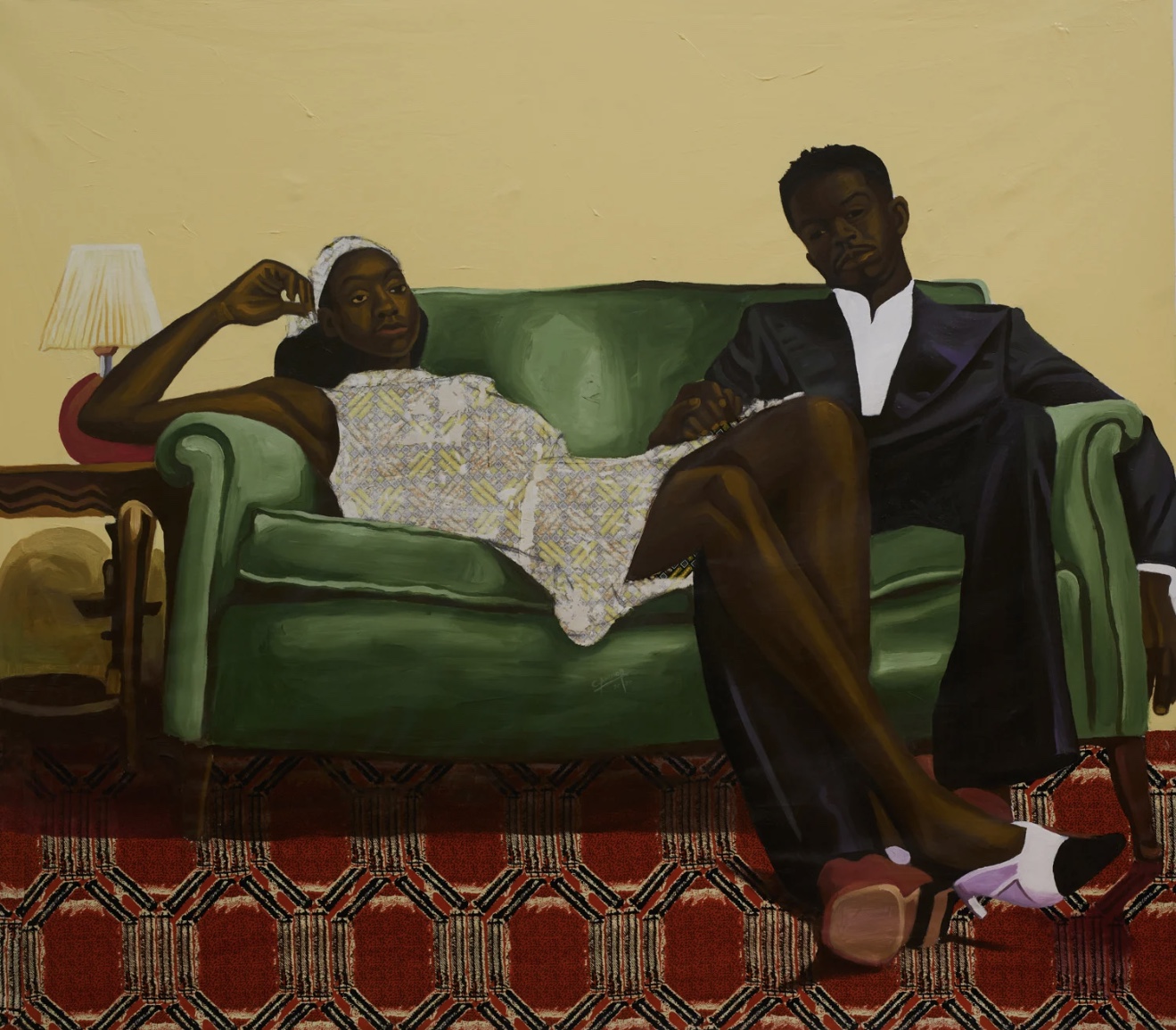Leandro Mbomio Nsue, often called “The Black Picasso,” was a groundbreaking sculptor from Equatorial Guinea whose work merged Bantu identity with European technique. Trained in Spain and connected to figures like Salvador Dalí, Mbomio used his art to explore themes of power, memory, and African pride.
When people think of African art, they often picture a mask, a carving, or something described as “tribal.”
These traditional forms are deeply important , they’re the foundation of centuries of creativity and cultural expression. But they don’t tell the whole story.
Contemporary African art builds on these traditions and continues them in new ways. Today’s artists are creating work that reflects modern life, personal identity, spirituality, politics, and the global African experience. Through painting, sculpture, photography, installation, and more, they’re shaping a dynamic and ever-evolving landscape.
This isn’t about replacing or updating African art, it’s about recognizing that African art has always evolved. The past is the root. What we see now is the branch.
Contemporary African art is about the present moment. It’s about artists using their mediums to reflect on who they are, where they come from, and where they’re going. Not just to celebrate culture, but to explore it, to ask questions, tell stories, and offer new perspectives.
From Lagos to Douala, Accra to Malabo, artists across the continent and the diaspora are in conversation with each other and the world. Their work is layered, intentional, and alive. It’s rooted in culture, shaped by history, and open to the future.
This is contemporary African art, and it continues to expand what art can be.



